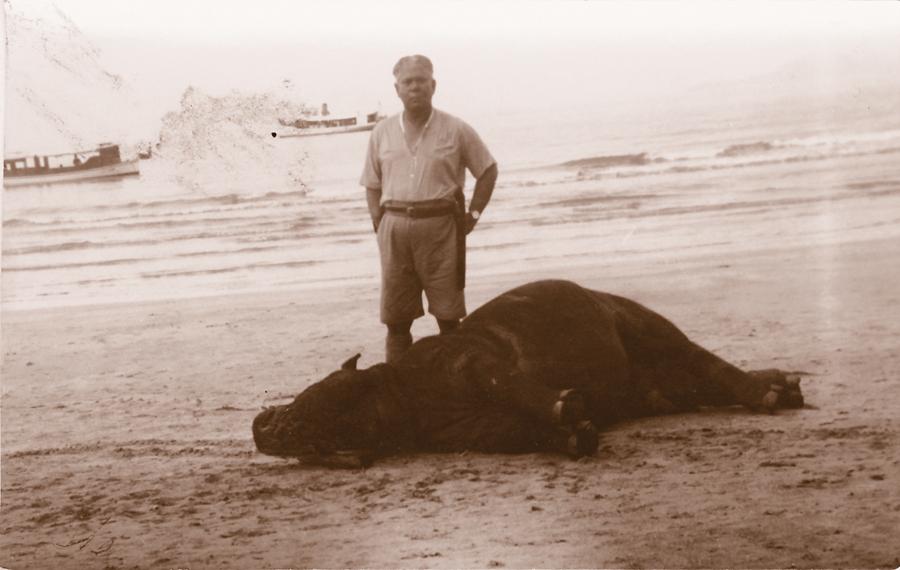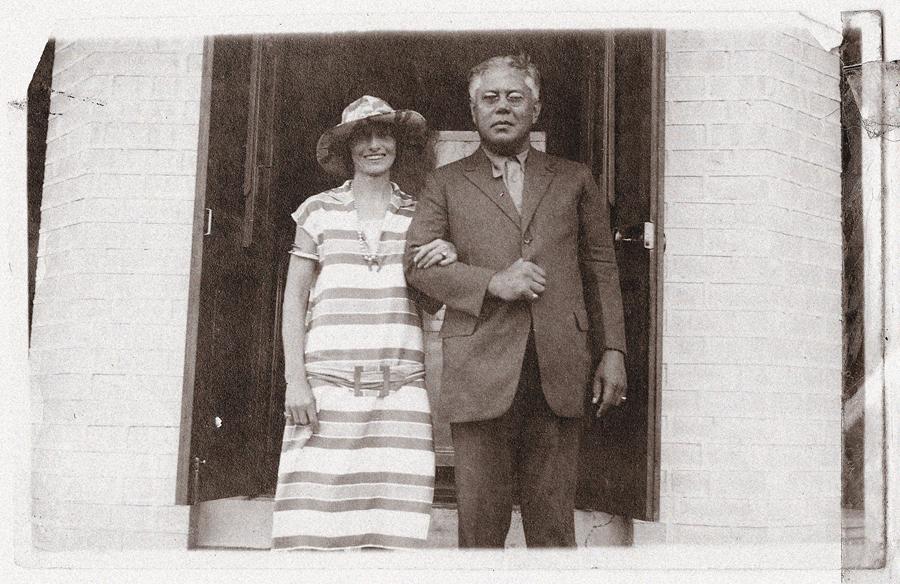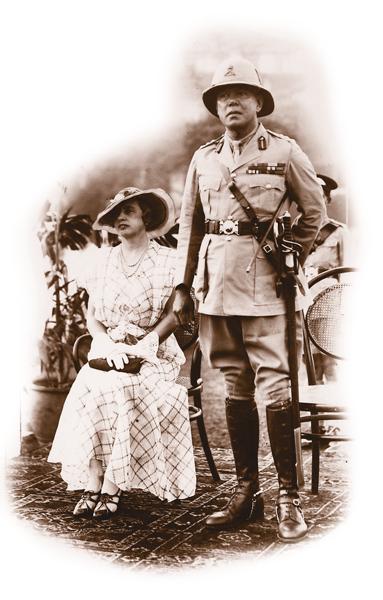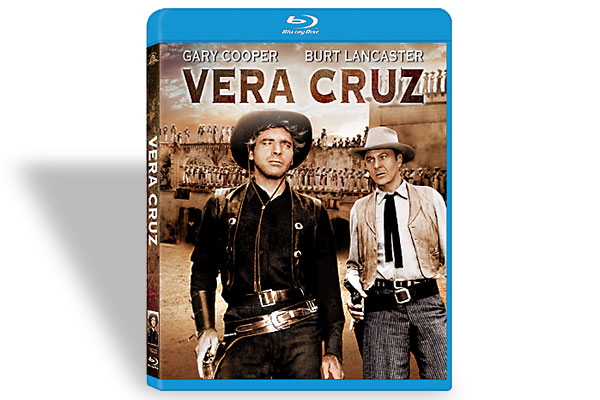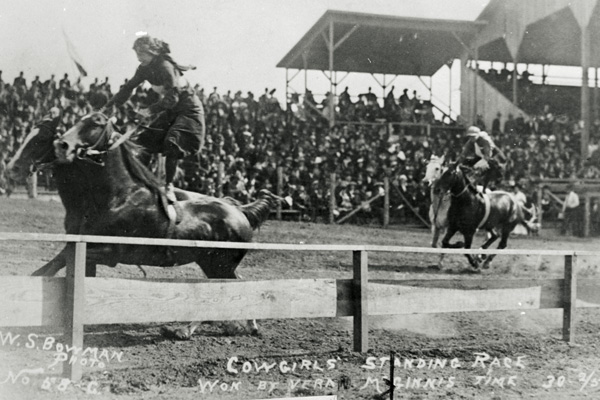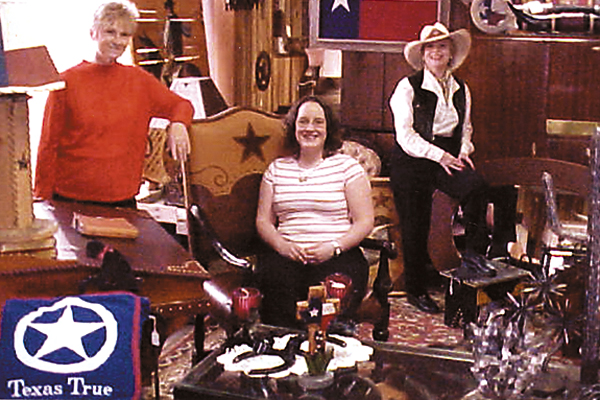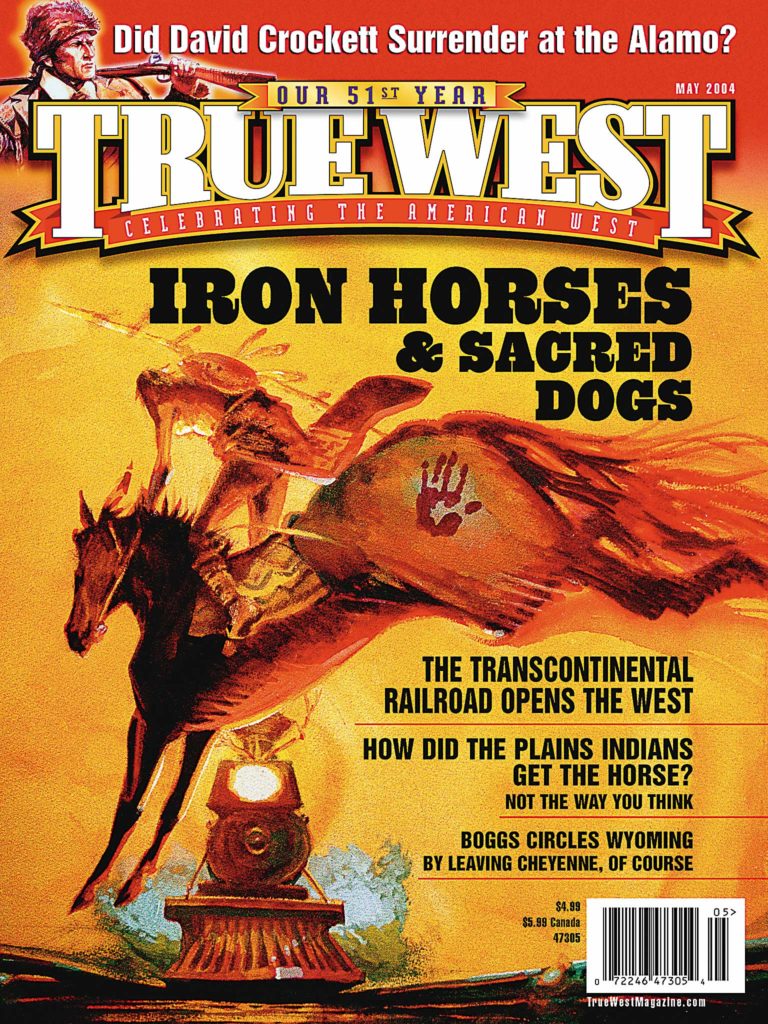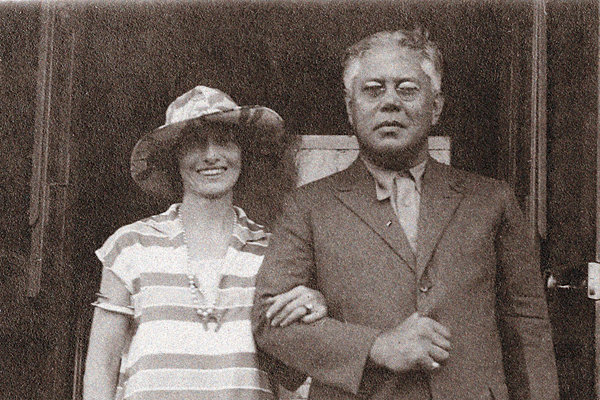 Vera McGinnis was well aware one of the world’s richest and most exotic men was in the audience that September night in 1926 when she put on her best outfit to perform in Singapore.
Vera McGinnis was well aware one of the world’s richest and most exotic men was in the audience that September night in 1926 when she put on her best outfit to perform in Singapore.
She’d heard all the stories of the “escapades” of the Sultan of Johore, including the time he fell for a showgirl and supposedly kidnapped her. “The story included rather startling, although romantic details, and all-in-all gave the gentleman quite a buildup,” she’d remember.
In her autobiography, written decades later, Vera could still recall how “high” she felt that night, how her horse Cowboy had “an extra polish” and how “chic” she felt in her elegant white satin suit.
Her routine was also designed to “strut my stuff,” which she recalled when writing about her famous “going under the belly” trick: “Starting from one end of the arena, Cowboy broke into a fast gallop, I swung down on his left side, put my right foot under his body into the right stirrup, then by timing the patter of his flying feet and legs so as to escape them, I swung my body under his belly and resumed my seat in the saddle before reaching the other end of the arena. At that time there were only a few people in the entire world who could do it successfully.”
The Sultan so loved her performance, he applauded long and hard, yelling “Encore.” Vera smiled, bowed and rode out of the ring. A few minutes later, the Sultan’s second son showed up in her dressing tent, wondering why she hadn’t given His Highness the encore he requested.
Vera couldn’t believe it—do it twice? she asked in astonishment. “It takes all my strength to do it once!”
The son looked taken aback. “But H.H. asked you himself.”
That’s when Vera realized she’d made a faux pas and asked the son to take her apologies to his father. He smiled and went off, only to return later to say his father wanted to meet her.
“My knees were a little shaky; I remembered all the tales I’d heard. Not that I expected him to abduct me, but it did add spice to the occasion. I smiled, powdered my nose, and allowed myself to be escorted into the presence of my first Sultan.”
She found him handsome and charming and knowing more than a little about horses. When he asked her to join him for lunch the next day, she quickly agreed.
It didn’t take a moment for the magic of the Golden Palace to work on her. “I promptly left Vera the cowgirl in the automobile and became a princess on a tour through a fairyland with marble floors, inlaid tiles, deep-piled carpets and crystal chandeliers,” she wrote.
The Sultan proudly showed off his stables and fine collection of horseflesh. “He was dressed in a military uniform beautifully tailored to his straight figure,” she recalled. “His carriage and stance were regal, and as he talked to me, the gray gelding he was leading nuzzled his coat sleeve affectionately. That horse gave me the inside story on his master and I felt at ease again.”
And then she discovered she was the guest of honor at the 10-person curry luncheon. “It remains a high point in my life,” she’d say decades later.
“After lunch a servant brought a box of wild-boar tusks and I was told to choose a souvenir. I found one that was a freak, having grown into a complete circle. I slipped it on my arm like a bracelet.” The Sultan later had it capped with a gold thimble and engraved with his initials and crest on one side, and her initials and the date on the other. It would forever be one of her treasures.
Her autobiography continues the travelogue of her life and only mentions the Sultan once more—reporting that he interceded to get her paid when the rodeo performer tried to stiff her. She doesn’t even mention their big game hunts, although she’d tell that story to newspaper reporters and show off the tiger and panther skins the Sultan had sent her. But after her death, her family found in her private papers plenty of letters suggesting a deep relationship.
On May 24, 1927, the Sultan wrote that he hoped she’d come to Indonesia so they could hunt together again. “Don’t forget please to send me your photo, take a nice one of yourself and one with your new horse,” he added.
On May 16, 1934, as he was being wined and dined by Hollywood, he sent her an urgent telegram: “Have telephoned many times, cannot get you, would like meeting you. Am leaving for New York next week.”
They never connected. Four days later he wrote: “I hope you are still wearing the Boar tusk bracelet which I put on your arm and not forget me always, please accept my little love to you.”
It’s clear from the correspondence that she was often writing back, sending him pictures and gracious thanks for his many gifts. Over the years he sent her numerous pictures of himself, but it’s a safe bet that Vera herself picked up the postcard which shows the Sultan with his wife.
Vera’s scrapbook included a yellowing clipping from 1959: “Wealthy Sultan of Johore, 85, Dies in London.”
If she felt a “little love” for the man, she took that secret to her grave.
Photo Gallery
– All photos courtesy of Vera’s Grandniece Phyllis Gendreau –


